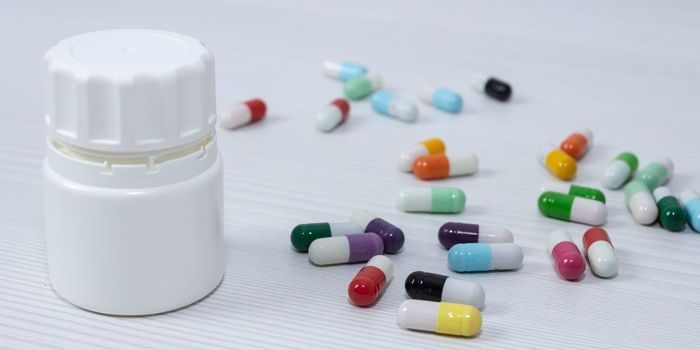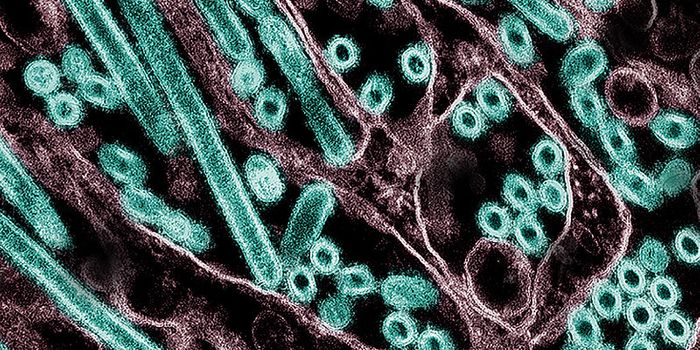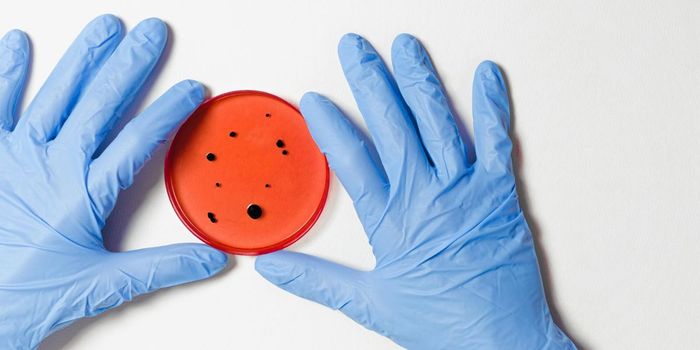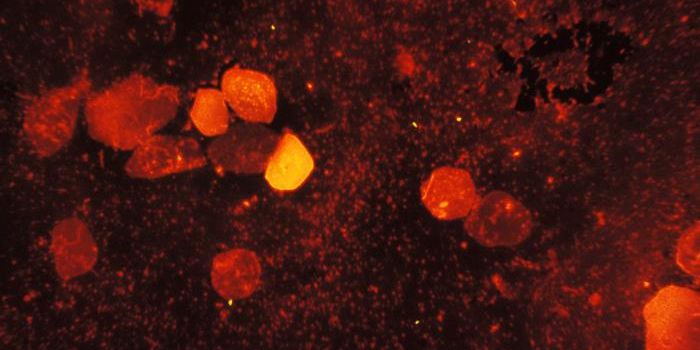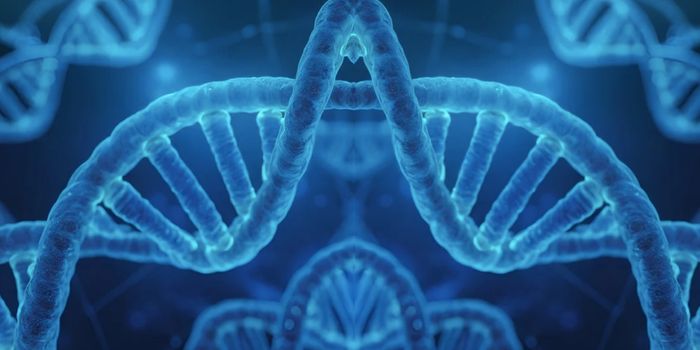How a Microbial Combination Causes Stinky Breath
We host a world of microbes in and on our bodies, and many of them are crucial and beneficial to our health. But some microorganisms can cause health problems that range from life-threatening infections to more minor embarrassments like bad breath. New research has shown that a combination of germs and their biochemical pathways leads to the production of a compound that is responsible for stinky breath, or halitosis.
When microbes in the mouth metabolize substances like food particles or blood, they generate other molecules; one is a chemical called methyl mercaptan (CH3SH), which is created by oral microbes that reside on teeth and the tongue's surface. When levels of methyl mercaptan in the mouth are abnormally high, it smells bad.
A new study reported in mSystems has provided more insight into this process, which has usually been studied in the lab using enzymes in isolation or tiny bacterial cultures, noted first study author Takeshi Hara. "In this study, we aimed to create a more realistic environment in which to investigate CH3SH production by major oral bacteria."
The investigators engineered a bacterial culture that grew without oxygen in a large volume, so many different bacterial interactions could be assessed. These interactions included direct links with physical contact and indirect connections that happened over distances, such as when a bacterial cell releases a molecule that affects another, distant microbe.
"The results were very intriguing," said senior study author Masae Kuboniwa. The team determined that Streptococcus gordonii, an oral microbe found in humans, can stimulate the release of large quantities of CH3SH from Fusobacterium nucleatum, another oral microbe.
Additional work revealed that a molecule called ornithine is produced by S. gordonii, and this molecule triggers the production of polyamines in F. nucleatum. But methionine is needed for this chemical reaction in F. nucleatum, so its methionine salvage pathway gets turned on, leading to an increase in CH3SH production.
"Taken together, these findings suggest that CH3SH production in the mouth is driven by the interaction between S. gordonii and F. nucleatum," said Hara.
These results could help scientists develop better ways to prevent or treat bad breath, which is associated with periodontal disease. Thus, it may be possible to reduce tooth damage by preventing bad breath more effectively.
Sources: Osaka University, mSystems



